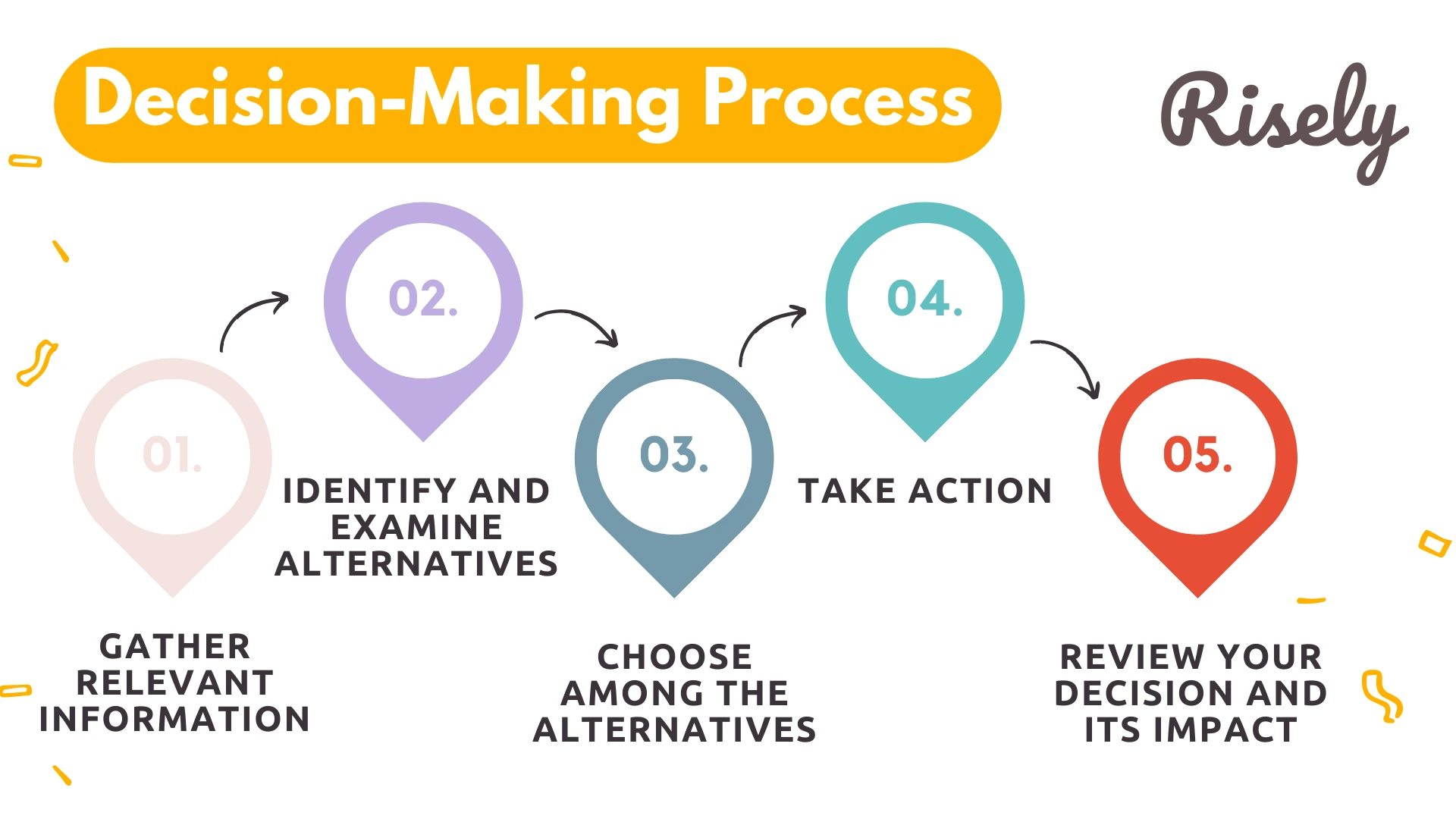In Making Short Term Business Decisions What Should You Do

Businesses face constant pressure to make quick decisions. Missteps can be costly; informed action is crucial for survival and growth.
This article outlines a streamlined approach to making effective short-term business decisions, focusing on rapid assessment, data-driven analysis, and decisive action.
Assess the Situation Immediately
First, identify the problem. Define what needs immediate attention: a dip in sales, a supply chain disruption, or a competitor's aggressive move?
Determine the scope of the impact. Who is affected – customers, employees, suppliers?
Understanding the problem's scale is vital for focusing resources effectively.
Gather Critical Data
Quickly compile relevant data points. Analyze sales figures, customer feedback, and market trends.
Don't get bogged down in perfect data; focus on essential indicators. Consult internal reports, industry benchmarks, and trusted experts.
According to a 2023 study by McKinsey, companies that prioritize data-driven decision-making are 23 times more likely to acquire customers.
Consider Alternatives Rapidly
Brainstorm potential solutions, even unconventional ones. Explore different options, however briefly.
Evaluate each option based on feasibility, cost, and potential impact. Prioritize those with the highest potential return and lowest risk in the short term.
Remember, a "good enough" decision made quickly is often better than a perfect decision made too late.
Make a Decisive Choice
Select the best course of action based on your analysis. Avoid analysis paralysis; trust your judgment and available data.
Communicate the decision clearly and concisely to all stakeholders. Ensure everyone understands their role in executing the plan.
As Peter Drucker famously stated,
"Effective leadership is putting first things first. Effective management is discipline, carrying it out."
Implement and Monitor
Execute the chosen strategy promptly and efficiently. Assign responsibilities and set clear deadlines.
Establish key performance indicators (KPIs) to track progress. Monitor the results closely and make adjustments as needed.
Be prepared to pivot if the initial plan isn't working. Agility is crucial in a fast-paced business environment.
Review and Learn
After the immediate crisis has passed, review the decision-making process. Identify what worked well and what could be improved.
Document lessons learned to inform future decisions. Share insights with the team to foster a culture of continuous improvement.
This iterative process of action and reflection is vital for refining short-term decision-making skills over time.
The next step is to implement these strategies immediately. Regularly review and adapt them to your specific business needs for sustained success in a volatile market.

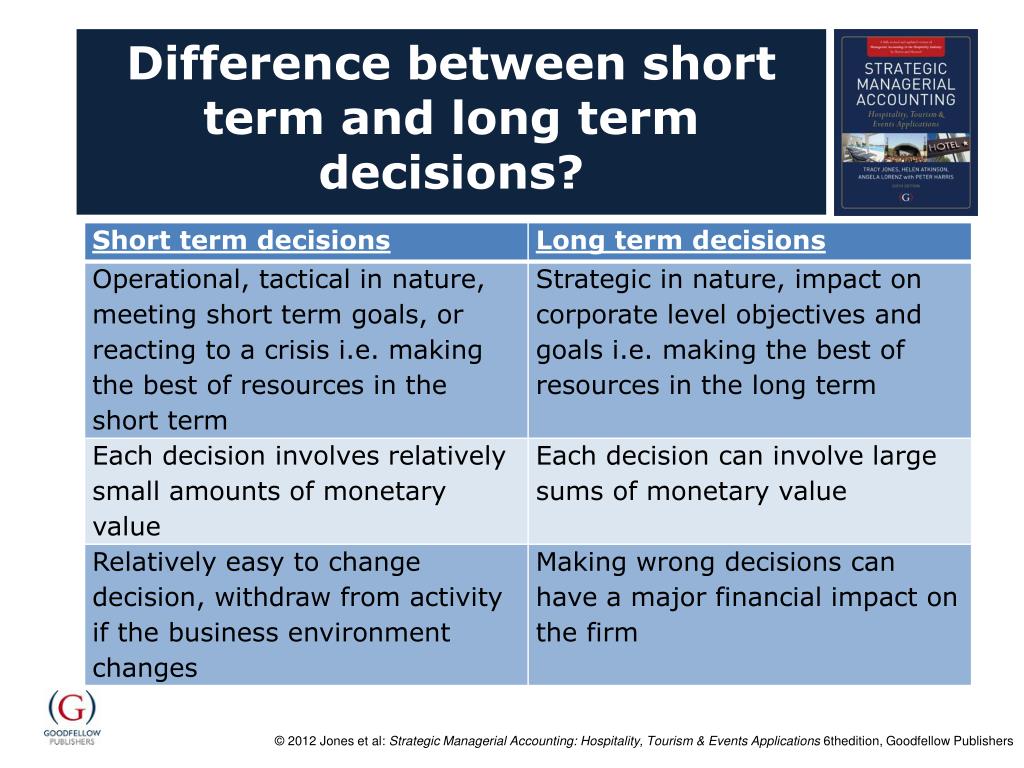
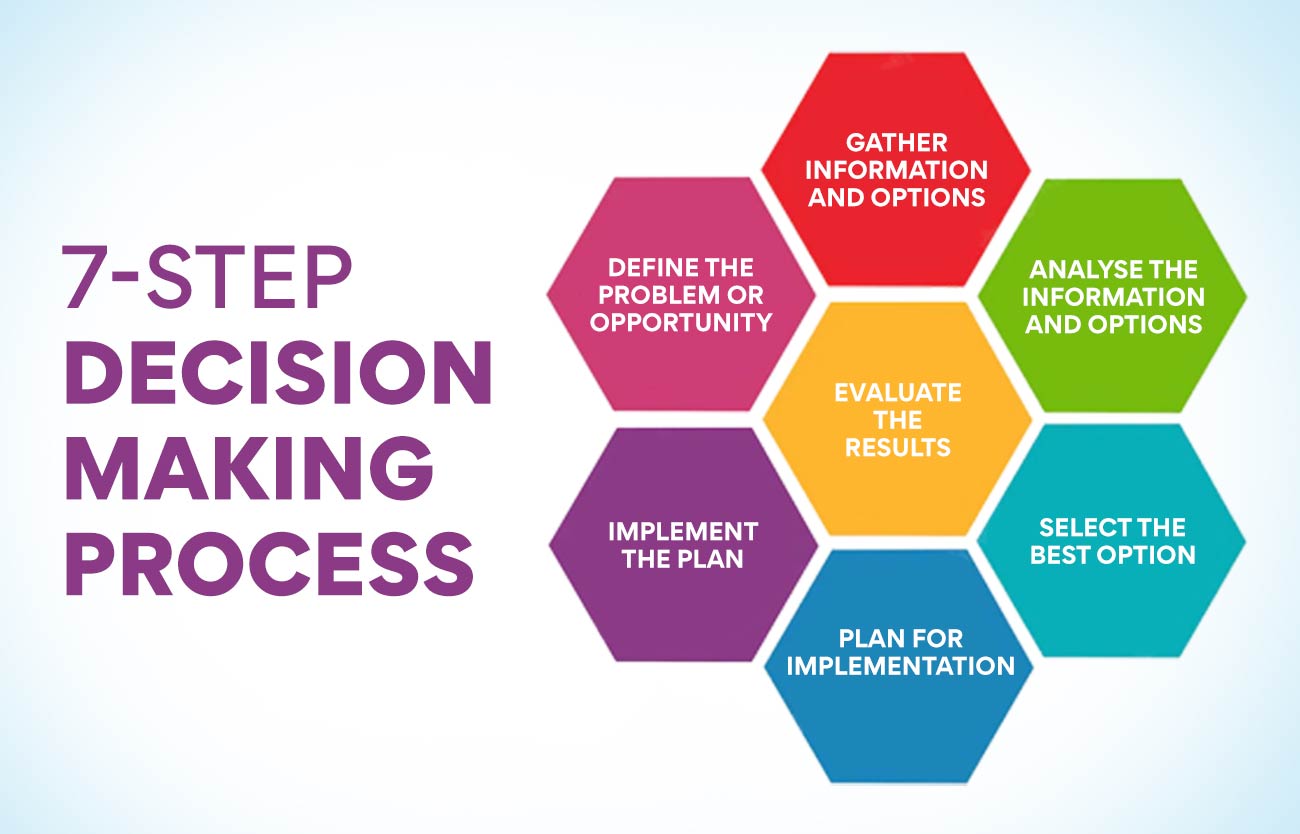
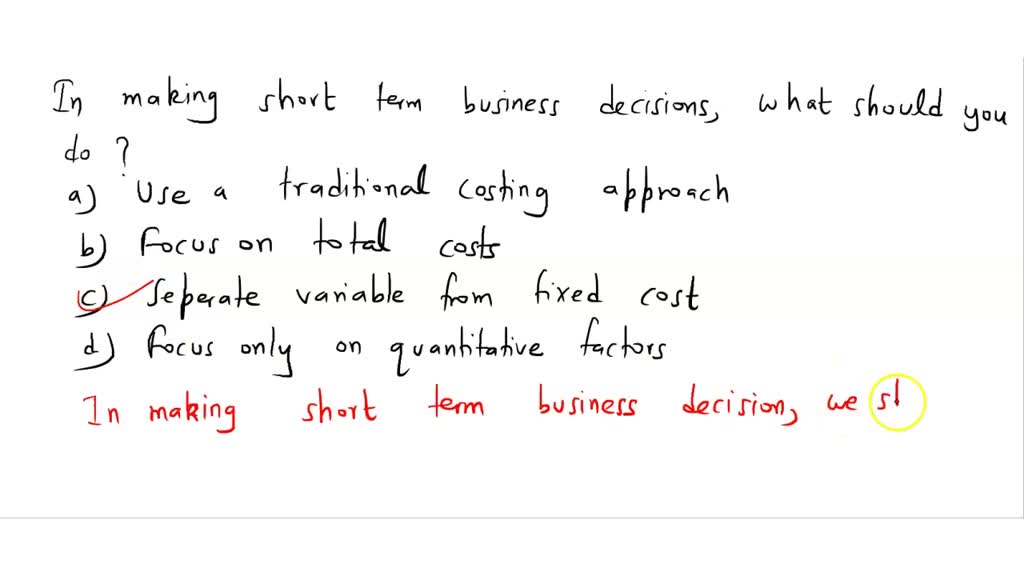



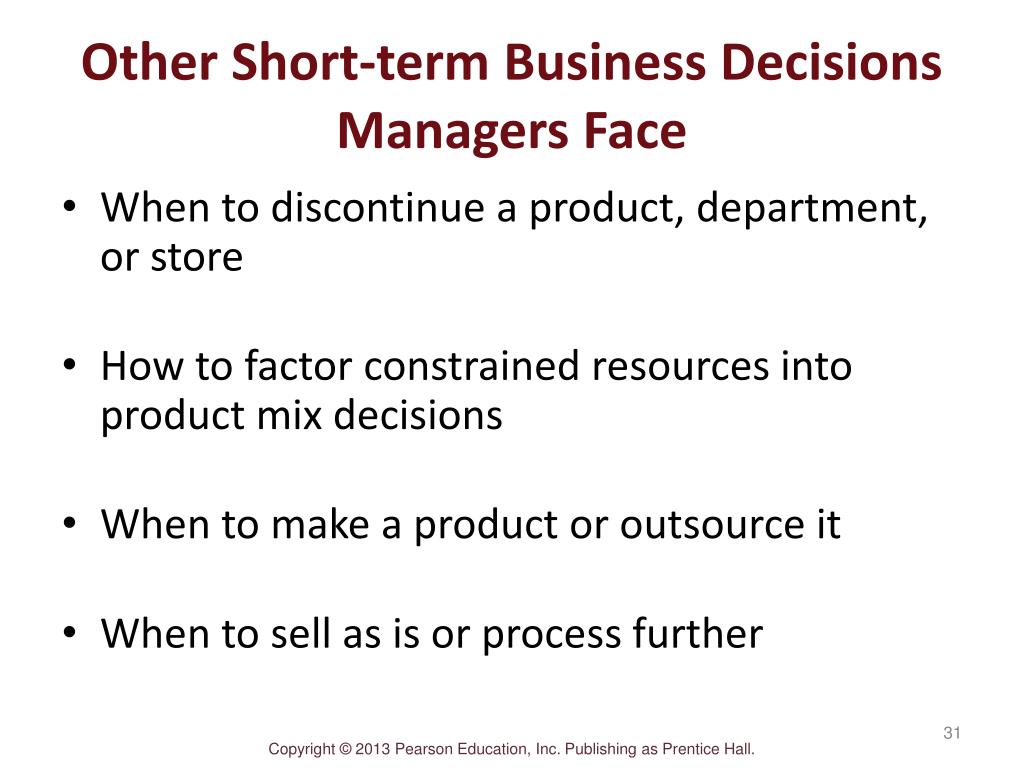
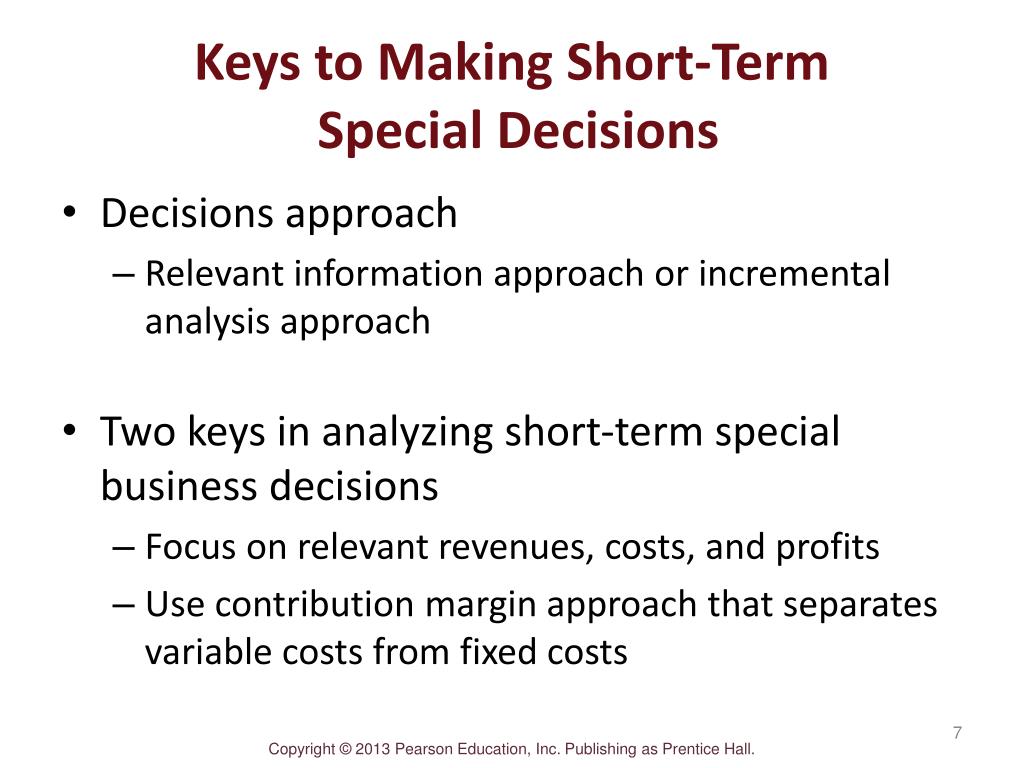
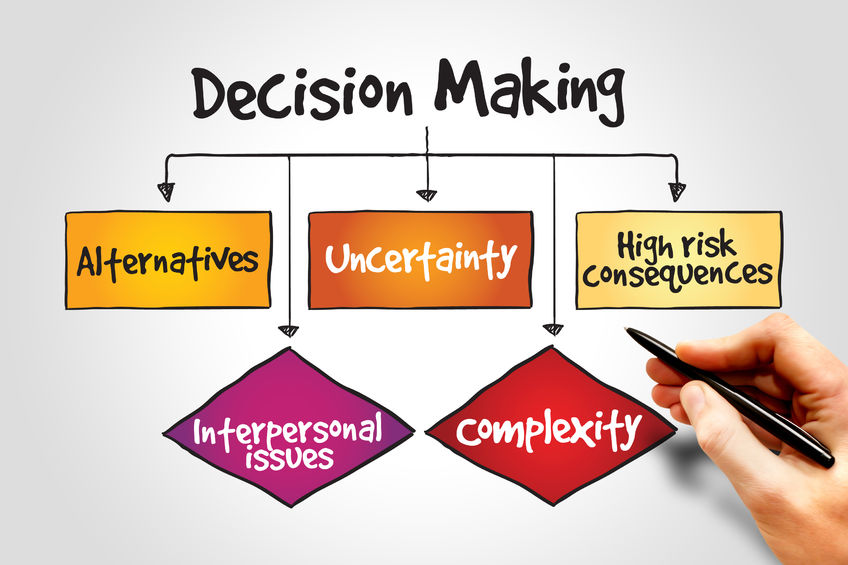

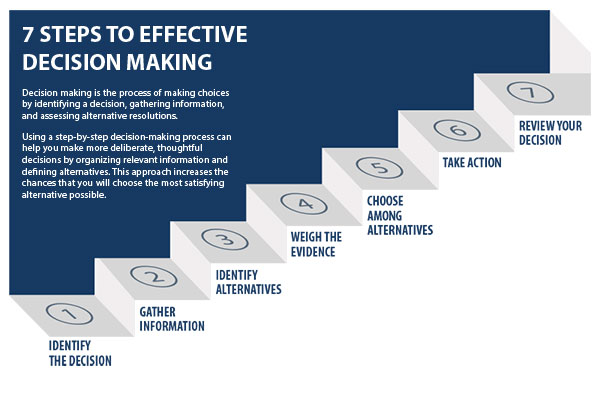

:max_bytes(150000):strip_icc()/decision-making-skills-with-examples-2063748-FINAL-5bad43d946e0fb002688e130.png)

